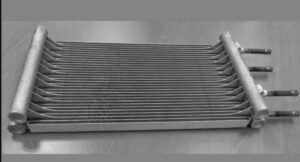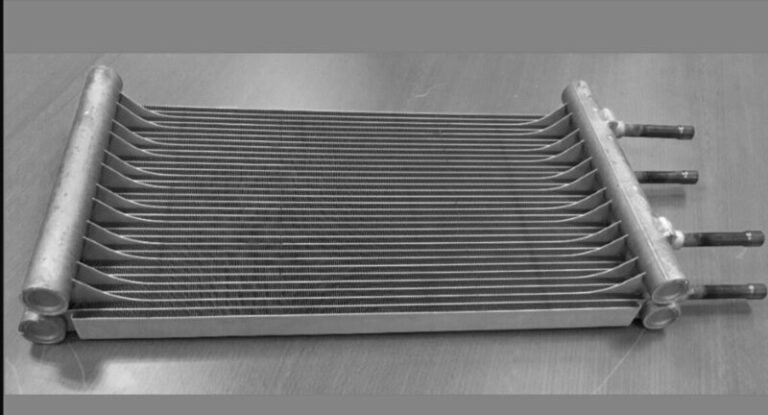As energy demands on data centers continue to increase, the time has come for them to rethink on ways to conserve power. Data centers tend to use up a huge amount of power to make sure that operations run in an uninterrupted and hassle-free manner for their customers. Now, more and more data centers have started to rethink the ways in which existing resources are being used. They are coming out with new strategies to utilize such resources effectively. In short, people are trying to think of new ways to conserve power and use power more effectively. Using the cooling and heating systems of data centers may be a great way to do this.
As the Internet of Things is evolving in a big way, data centers are going to be under more pressure to cope with the ever-increasing demands of customers. This would impose greater demands for power for such functions to be carried out properly. Simply cutting down on the total amount of energy which is being used by various processes is not going to help. So, data center providers will have to come up with other ideas and strategies to conserve power and energy. An attempt in this regard has already been made by Facebook. This company has undertaken many measures to use resources optimally. One of the main strategies was free air cooling from natural surroundings. When Facebook planned their data center building, they gave special attention to free air cooling.
In places where free air cooling may not be feasible, you are expected to use other techniques to optimize cooling systems. This will cut down energy consumption in the data center. For this reason, the cooling containment approach has been widely accepted. This ensures that flow of cold and hot air within the data center can be effectively regulated to control temperatures and lower power needs. But cooling containment demands a great amount of prior planning. You will need to construct proper barriers between the cold and host air aisles using doors, panels and curtains so as to separate them. All spaces between cabinets have to be closed and all unused spaces must be blocked. The extent of cooling that data centers can actually achieve through this strategy depends heavily on how it has been designed, the planning and also the budget.
When free air is not available you can try adiabatic cooling which uses cooling effects of water when it evaporates. Water cooling methods are found to be more effective in warm climate. Here, direct heat from the environment may be used against wet filters. This leads to water evaporation and cools the air which is pulled through filters. It comprises of a dual chamber system and filters offer the divide between the internal air and outside air. But, you will have to change these filters regularly to get rid of contaminants. The moisture content in the air may also have to be regulated to stop condensation on equipments. This method was used by IBM earlier and today it has updated the system to much higher levels. The new systems can solve problems of water mixing with electricity. The water is sucked out using negative pressure. So, when there is a leak, air gets pulled into their data center instead of the water coming out. They have advanced sensors to detect leaks and repairs are easy because of modular construction.
Heat can also be redirected for other purposes. According to studies, Amazon’s offices were heated because of waste heat from nearby data center facilities. This hydronic heat process transfers heat generated by data centers to a water pipe network. This goes under the roads to Amazon’s heating system. When the heat has dissolved, this water goes back to the data centers across the street. There this water, which is no longer warm, keeps operations cool. This is an excellent way to use heat energy generated by data centers. It shows how the extra heat can actually help to run operations smoothly. Many companies have taken up this innovative technique to use heat energy. It helps to lessen power consumption in many data centers. It is also a great initiative towards constructing a flexible and eco-friendly data center with a dynamic set-up.










